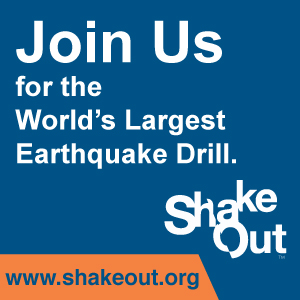Tectonic Summary
This June 29 M3.6 Elgin, South Carolina, earthquake is part of an ongoing sequence in central South Carolina. The sequence started on December 27, 2021, with an M3.3 earthquake near Lugoff, South Carolina. Between December 27, 2021, and June 29, 2022, there have been about 40 earthquakes in this sequence spanning M1.3 to M3.6. Five of the earthquakes were M3.0 or larger and were widely felt. The earthquakes have occurred at shallow depths of 7 km or less. Shaking from earthquakes in the eastern U.S. extends to greater distances from the epicenter than earthquakes of similar magnitudes in the western U. S. due to different geological conditions. These two factors have led to these earthquakes being widely felt. Several of these earthquakes have over 3000 associated “Did You Feel It?” reports of felt shaking, but the shaking reported has not been at intensities that typically lead to damage.
Earthquakes are not uncommon in the vicinity of the 2021-2022 South Carolina sequence, but having a sequence of about 40 earthquakes in such a short time is unusual. Many earthquakes of similar magnitudes have occurred in the eastern U.S., but it is extremely rare for them to be foreshocks to much larger earthquakes. This swarm will continue for an unknown length of time, and if it stops it may resume sometime in the future.
The largest earthquake in the region of this sequence was the M4.8 1913 Union County, SC, earthquake about 90 km to the northwest. Earthquakes have occurred periodically around the Monticello Reservoir ~30 km west of the 2021-2022 sequence since the 1970s, but the current earthquakes do not appear to be related to the reservoir. The 2021-2022 sequence is additionally located ~140 km northwest of the ~M7 1886 Charleston earthquake. The 2021-2022 sequence is not associated with the seismic zone of the 1886 earthquake.
Key Points
- An ongoing earthquake sequence began in central South Carolina near the towns of Elgin and Lugoff on December 27, 2021, with an M3.3 earthquake.
- There have been about 40 earthquakes of M1.3 or larger in the sequence, with the largest being the M3.6 earthquakes on June 29, 2022.
- Several of the earthquakes have been felt, as is common for even small magnitude earthquakes in the eastern United States. None of the earthquakes so far have produced shaking intensities where damage to buildings is expected.
- Small magnitude earthquakes like these are relatively common in South Carolina, although the number of earthquakes in the time span of the current sequence is unusual.
- This earthquake sequence is not related to the region of seismicity associated with the great 1886 Charleston earthquake.
- In October 2021 there was a series of seven earthquakes, some felt, near Jenkinsville, South Carolina and the Monticello Reservoir. The current earthquake sequence does not appear to be related to those earthquakes.
-There are no oil or gas operations in these crystalline Piedmont rocks where these earthquakes occurred, so the earthquakes are not the result of oil and gas production.


